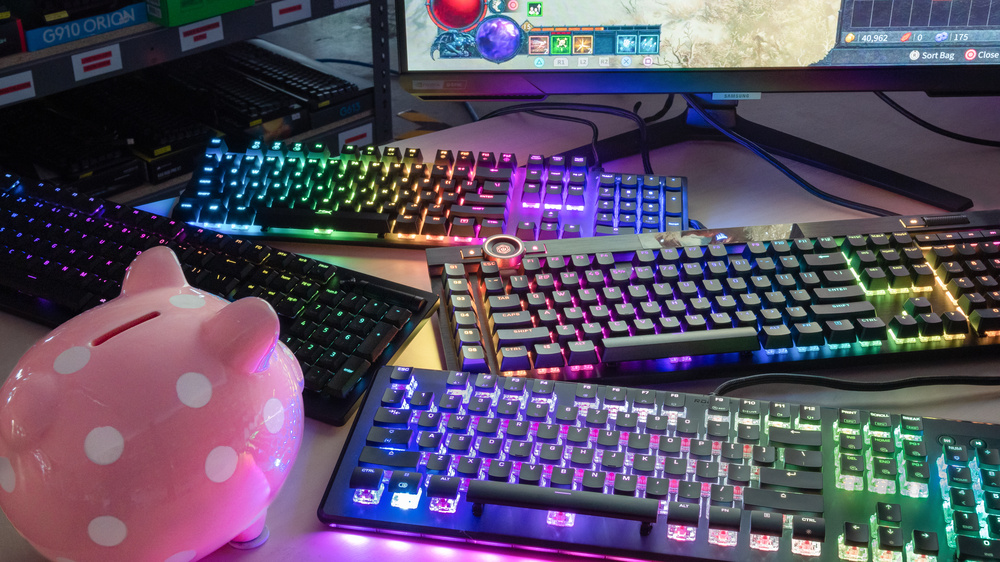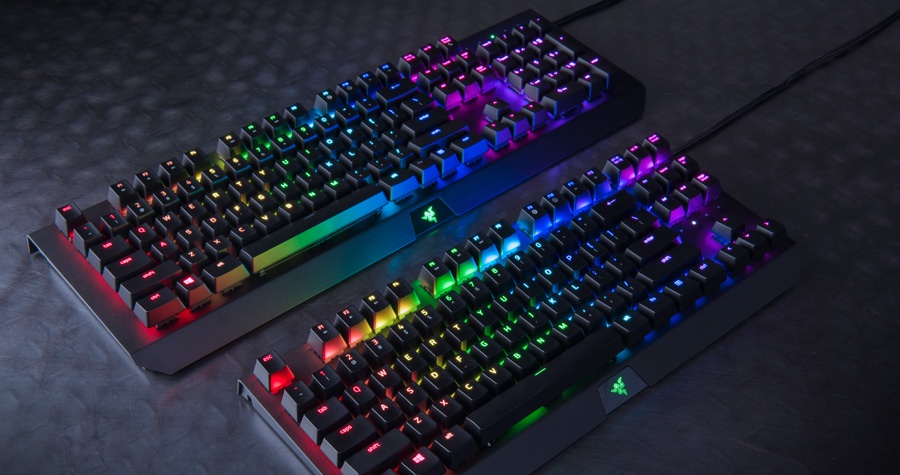
Unlocking The Keyboard to Value: Choosing Quality on a Budget
In our rapidly digitizing world, the keyboard has become an extension of our fingers. Whether for work, gaming, or leisurely browsing, a good keyboard can significantly enhance your computing experience. However, with countless options in the market, choosing one that delivers value without drilling a hole in your pocket can be daunting.
Yet, affordable doesn’t mean compromising on quality. This guide will walk you through the essentials of selecting a cost-effective yet high-quality keyboard. Let’s dive in!
Understanding the Basics
Before diving into the hunt for an affordable keyboard, it’s essential to grasp the basics. Keyboards can broadly be categorized into membrane and mechanical types. While membrane keyboards are generally cheaper and quieter, mechanical ones provide tactile feedback, lasting longer. Your choice would depend on preference and primary use.
For instance, a casual user might prefer the softer touch of a membrane keyboard, whereas a programmer or gamer might lean towards the tactile response of a mechanical one.
The Importance of Ergonomics
Ergonomics isn’t a mere buzzword; it’s vital for prolonged keyboard users. An ergonomically designed keyboard minimizes strain on your wrists and hands, reducing the risk of ailments like carpal tunnel syndrome. Some affordable models offer adjustable feet or wrist rests, which can be particularly beneficial for long-hour users.
When on a budget, prioritize ergonomics over flashy features. Your hands and wrists will thank you in the long run.
Features to Consider
Key Rollover and Anti-Ghosting
These features are crucial for gamers. Key rollover ensures multiple keys pressed simultaneously get registered, while anti-ghosting prevents unintended keystrokes from being detected.
Backlighting
While often considered a luxury, backlighting can be beneficial for users in dim environments. Some affordable keyboards offer monochrome backlighting, while others provide RGB options at a slightly higher cost.
Programmable Keys
Especially useful for gamers and professionals, these keys can be customized to perform specific functions or actions, enhancing efficiency.
Build Quality
Even when on a budget, avoid keyboards that feel flimsy. Opt for those with a solid build, possibly with a metal plate beneath the keys for added durability.
Connectivity
Decide between wired or wireless. While wired keyboards offer faster response times, wireless ones provide mobility and a cleaner desk setup. Ensure that if you’re opting for wireless, the battery life suits your needs.

Brands and Warranty
It’s tempting to opt for non-branded or generic keyboards when trying to save money. However, established brands often provide better quality assurance and post-purchase support. More importantly, they usually offer warranties, which can be a lifesaver if your keyboard runs into issues.
While brand shouldn’t be the sole deciding factor, it’s wise to consider it, especially when you find a branded keyboard within your budget.
Conclusion
Choosing a quality keyboard on a budget is a balancing act between cost and features. It requires a clear understanding of your needs and the willingness to research and compare. Remember, the most expensive isn’t always the best, and with a discerning eye, you can find a keyboard that offers excellent value without breaking the bank.
Take your time, read reviews, compare, and you’ll soon find yourself typing away on a keyboard that’s both affordable and perfect for your needs.





